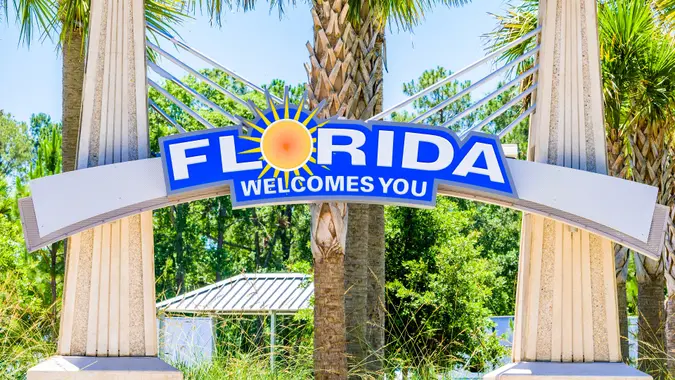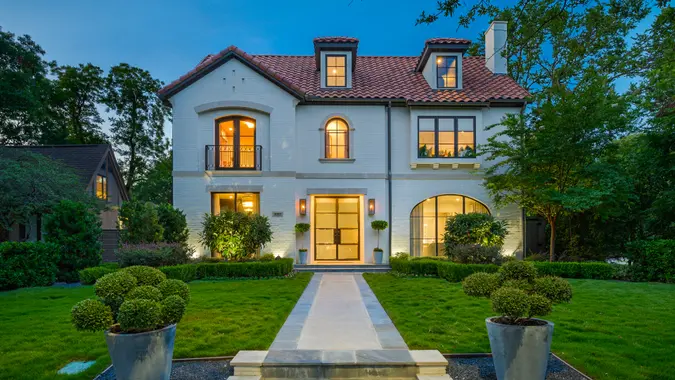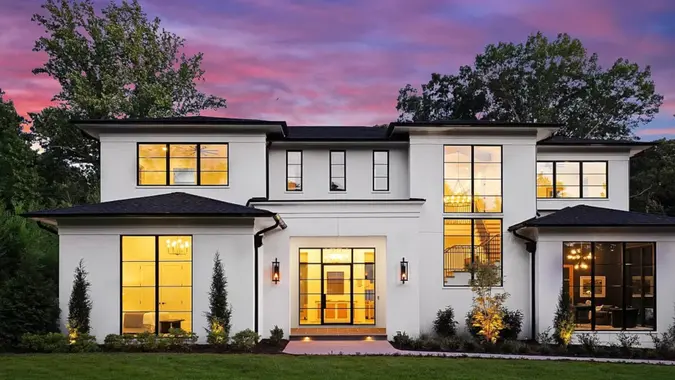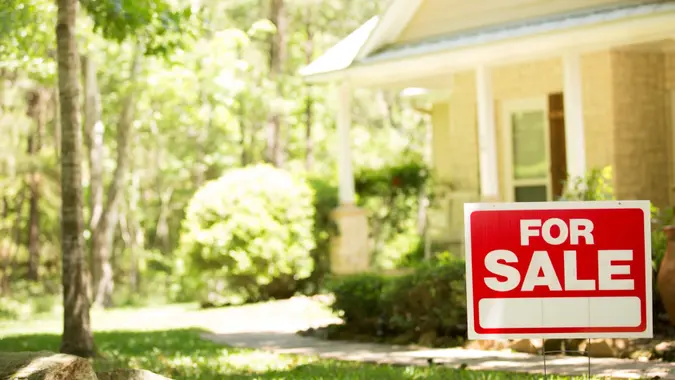Should You Make a 15% or 20% Down Payment on a House? What You’ll Pay Over Time

Commitment to Our Readers
GOBankingRates' editorial team is committed to bringing you unbiased reviews and information. We use data-driven methodologies to evaluate financial products and services - our reviews and ratings are not influenced by advertisers. You can read more about our editorial guidelines and our products and services review methodology.

20 Years
Helping You Live Richer

Reviewed
by Experts

Trusted by
Millions of Readers
Buying a new home is one of life’s biggest moments. But it’s important to structure the deal in the best way for your budget. Choosing between a 15% and 20% down payment is a major part of that decision for some new homeowners.
Looking at the differences in what you’d pay over time can help you finalize your decision, so let’s break down the math.
Should You Make a 15% or 20% Down Payment?
As of the first quarter of 2024, the average U.S. home sells for just over $420,000. Average mortgage interest rates are between 6.5% and 7%. Let’s use 6.5%, as interest rates are projected to fall as we approach 2025.
If you follow these assumptions and put 15% down on your new home, your monthly payment would be $2,256.48, and your down payment would be $63,000 on a $420,000 home.
These figures don’t account for property taxes, which vary by city and state, or private mortgage insurance.
You’d need to put $84,000 down to cover 20%, but your monthly mortgage payment would drop to $2,123.75 — saving $132.73 per month.
You can multiply those savings by 12 to see how much you’d save per year. Then, multiply your annual savings by 30 to see how much you’d save in total over the mortgage’s lifespan.
With the above assumptions, you’d end up saving $47,782.80 by putting 20% down on your home instead of 15%. But remember, you paid an extra $21,000 to reach 20% down. So, your actual savings over the 30 years would be $26,782.80.
PMI Further Increases Savings
Mortgage borrowers typically have to pay for PMI when they put down less than 20% on a new home. This is a monthly insurance policy that protects lenders from losses.
That means your actual monthly rate after a 15% down payment will be higher than the math above shows. How much higher will depend on factors like your credit score, home value and loan term.
The good news is that lenders must allow you to cancel your PMI policy once you reach 20% equity in your home. So, you may have only a few years of higher payments to contend with — especially if you put 15% down instead of a smaller amount.
Does a 15% Down Payment Ever Make Sense?
The takeaway from all this math is that a 20% down payment is the better option for most people. You end up saving thousands over the lifespan of the typical mortgage.
However, there are some circumstances in which a 15% down payment can make more sense. For example, you might want to maintain a cash cushion after closing to buy furniture or complete renovations.
Even though you’d pay more for your mortgage over the long term, you’d have more financial flexibility today. That’s sometimes worth paying for — especially when the extra costs would be spread out over your 30-year mortgage period.
More From GOBankingRates
- Nearly 1 in 3 Americans Hit by a Costly Holiday Scam, Norton Survey Shows -- How To Avoid This
- Here's What Retirees Wasted the Most Money On in 2025 -- and How To Avoid It in 2026
- How Middle-Class Earners Are Quietly Becoming Millionaires -- and How You Can, Too
- 6 Safe Accounts Proven to Grow Your Money Up to 13x Faster
 Written by
Written by  Edited by
Edited by 
























